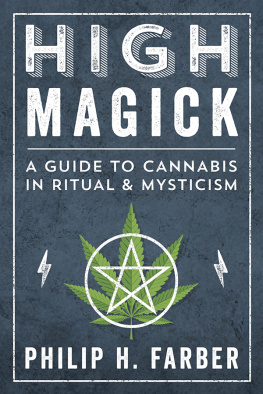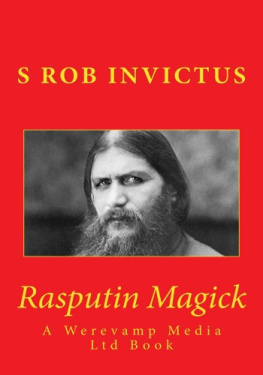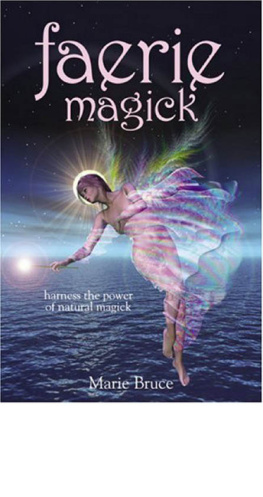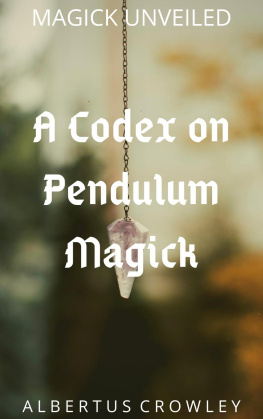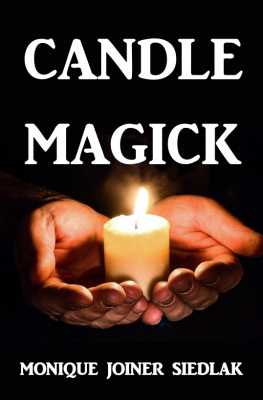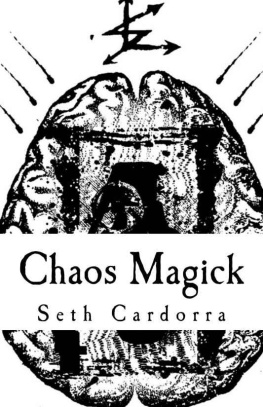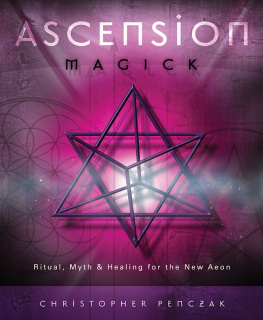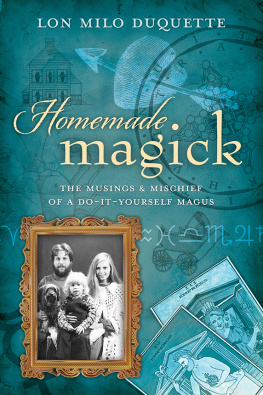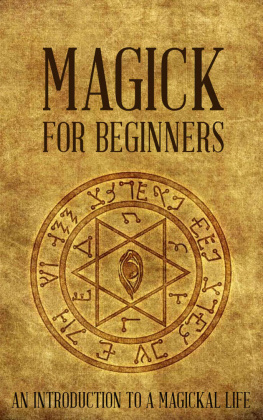
About the Author
Philip H. Farber (New Yorks Hudson Valley) is a respected author andmagician who teaches at Maybe Logic Academy. A certified hypnotist, hypnotistinstructor, and licensed NLP trainer, Farber has written three books onmagick. Visit him online at Meta-Magick.com.


Llewellyn Publications
Woodbury, Minnesota
Copyright Information
Brain Magick: Exercises in Meta-Magick and Invocation 2011 by Philip H. Farber.
All rights reserved. No part of this book may be used or reproduced in any matter whatsoever, including Internet usage, without written permission from Llewellyn Publications, except in the form of brief quotations embodied in critical articles and reviews.
As the purchaser of this e-book, you are granted the non-exclusive, non-transferable right to access and read the text of this ebook on screen. The text may not be otherwise reproduced, transmitted, downloaded, or recorded on any other storage device in any form or by any means.
Any unauthorized usage of the text without express written permission of the publisher is a violation of the authors copyright and is illegal and punishable by law.
First e-book edition 2011
E-book ISBN: 9780738729770
Book design by Bob Gaul
Cover art Neuron: iStockphoto.com/Sebastian Kaulitzki,
Ancient Script: iStockphoto.com/Christian Misje
Cover design by Ellen Lawson
Editing by Ed Day
Llewellyn Publications is an imprint of Llewellyn Worldwide Ltd.
Llewellyn Publications does not participate in, endorse, or have any authority or responsibility concerning private business arrangements between our authors and the public.
Any Internet references contained in this work are current at publication time, but the publisher cannot guarantee that a specific reference will continue or be maintained. Please refer to the publishers website for links to current author websites.
Llewellyn Publications
Llewellyn Worldwide Ltd.
2143 Wooddale Drive
Woodbury, MN 55125
www.llewellyn.com
Manufactured in the United States of America
To Atem: We give you attention, language, passion, fitting, trance, and making.
You give us the gods.
Contents
States of Consciousness
Form and Content
Invocation and Evocation
Mirror Realities
Tingling and Sparkling
Stepping In
Elementary Ritual
The Mastery Technique
The Time Axis
Shaping the Cloud
Permanent Woohoo
The Group Mind
Speculation
The Way of Woohoo
: Sex
: Drugs
: Rock and Roll
Introduction
The Way of Woohoo
Consider the possibility of a full-sensory story, something like a motion picture, only more so, or like virtual reality, only even richer in information. The story is created from real perceptionthings that you can see, hear, touch, taste, and smell. Perceptions and states of consciousness flow into a kind of narrative, not necessarily in a straight line, more a sort of cloud or swarm, vaguely organizedthough not alwaysalong an axis of time. Even in that disorganization, the flow of attention, the part of the plot we follow through the swarm, may zig and zag from any perception to almost any other, the entirety of the story only becoming clear after we have partaken of thousands and thousands of memories, feelings, and experiences.
Its the ultimate medium: a palette of every color, sound, feeling, scent, and flavor. It can be populated with multitudes of charactersfamily, friends, lovers, teachers, neighbors, strangers, good guys, bad guys, heroes, schmucks, and everyone else. It can be beautifully simple or complex beyond the rendering of any supercomputer. If you were the author of this amazing, full-sensory story, think about the kinds of choices you could make. When the plot arc, the scope of the tale, finally rises into view, just what kind of story do you hope it will be?
There are billions of people with access to this exciting mediumbut only some of them even realize that they are the authors, the directors, and the producers of their own full-sensory story. Shakespeare told us that we are but players; what he failed to mention is that, like him, we can also turn the tale toward our own aesthetic ends. Of the few humans who even think about their world enough to realize their own artistic control, only a few have figured out the techniques. The result is that many of the full-sensory stories out therebillions of themreally suck. Or, for the most part, they are repetitive, predictable, and unremarkable lives based around B-movie (or worse!) plots.
The question then becomeshow much do you want your own story to really rock? How exquisite, grand, powerful, intriguing, seductive, exciting, or mythic would you like your experience to be? What excites your neurons, strokes your sense of aesthetics, fulfills your philosophy, applies significance to your circumstance, or makes you scream and shout? Whatever it is that puts the sauce on the omelet, the brushstroke to the Starry Night, the bubbles in the Jacuzzi, the ecstasy in viewing a blue arc of summer sky, we shall refer to here as woohoo.
Woohoo is the subtle difference between ordinary and exciting, the factor that makes just another stranger into your friend, your teacher, or your lover. Woohoo is what turns an activity into a passion; its what changes noise into song, foot movement into dance, travel into adventure, procreation into eros, and biological processes into a life worth living. Woohoo is the measure of intensity. Its what continues to draw your attention, moment after moment. Its what makes a feeling worth having. Like the Tao, true woohoo has no definite form. Your personal way of woohoo cannot be named; it is a flow of experience that changes from moment to moment.
Woohoo can be thought of as more of a how than a what . A camera angle may make the difference between a home video and awe-inspiring cinematography. A nuance of pitch or timbre might separate a technically correct piano recital from a heartfelt virtuoso performance. Duration and subtlety of movement might make the difference between a goodnight kiss and an exciting erotic invitation. How we perceive may determine the quality of woohoo as much as what we perceive the content of that experience. The way that we process our sensory input includes, somewhere along the way, the decision to put our inner artist to work, for our brains to portray our experience with the right camera angle, the sweetest emphasis of tone, or with erotic subtlety. That decision, to woohoo or not to woohoo, usually happens outside of our conscious awareness. We can, however, make it a conscious choice.
The pursuit of a woohoo-filled life story, whatever the details of that might be for you, is the Way of Woohoo.
The Model of Meta-Magick
Magick, as were using the term here, refers to a means of first perfecting the self so that the things that one may do will be done with power and effectiveness. This has always been the aim of magickto understand the relationship between consciousness and the world in a way that allows us to re-create ourselves (and our world) in hedonic, healthy, and practical ways. Our understanding and self-perfection allow us to fit into the world so well that we can influence it in accordance with our will.
Meta-Magick is a collection of opportunities to think about magick. Elements from a variety of theories and models, ranging from neuroscience to voodoo, are offered as clues to understand the phenomena we find in our magical experiments. There are many different styles and practices of magick, in every culture, on every continent. By identifying some of the common elements, we are better able to separate out the magick itself, the techniques and practices that really work, from the content of the rituals that relates to specific belief systems. In general, many techniques of magick are the same everywhere, with their intent aimed at different results and deities. This suggests that the rituals and practices derive from the commonality of human experience; this is how our brains work when we do magick.
Next page

